Software as a Service (SaaS) has revolutionised how businesses operate by offering cloud-based solutions that provide cost-effective, scalable, and accessible software tools. As technology continues to evolve, so does SaaS. We are now witnessing the emergence of SaaS 2.0, a new era of cloud-based software that pushes the boundaries of innovation to enhance business efficiency. This blog post will delve into the next-generation features and innovations that define SaaS 2.0 and how they reshape the business landscape.
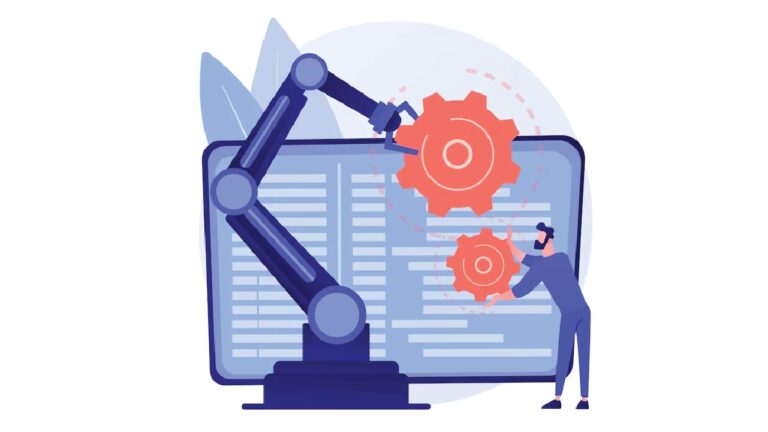
1. AI-Powered Automation:
When it comes to automating complex tasks, SaaS 2.0 is all about using the power offered by artificial intelligence. From providing support to customers to simplifying data analysis, automation driven by AI makes processes more efficient and requires less human involvement. For instance, chatbots for customer service powered by natural language processing can provide instant approval, freeing up valuable human resources for more strategic tasks.
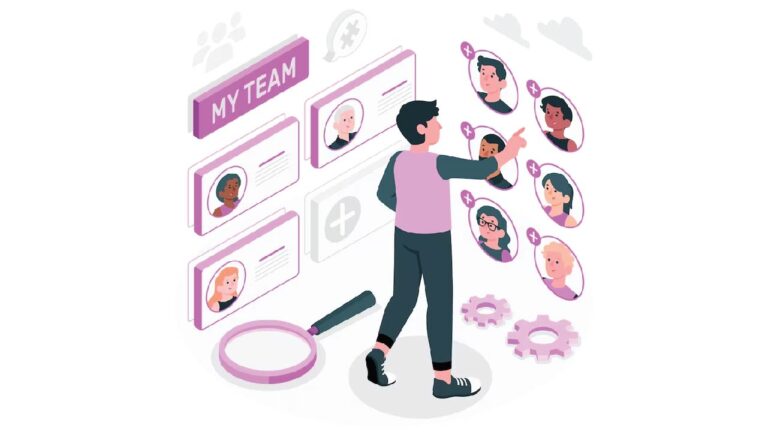
2. Hyper-Personalization:
Personalization has reached a new level thanks to SaaS 2.0. Using sophisticated data analytics and machine learning enables businesses to provide customers with highly personalised experiences. This may involve customising product recommendations, content, and user interfaces following the preferences and actions of individual customers.

3. Real-time Collaboration:
SaaS has always been known for its emphasis on collaboration tools; however, with SaaS 2.0, real-time collaboration is even easier to accomplish because of advancements in technology such as simultaneous editing, video conferencing, and integrated communication platforms, members of different teams can collaborate on projects despite physical separation, just as if they were in the same room.
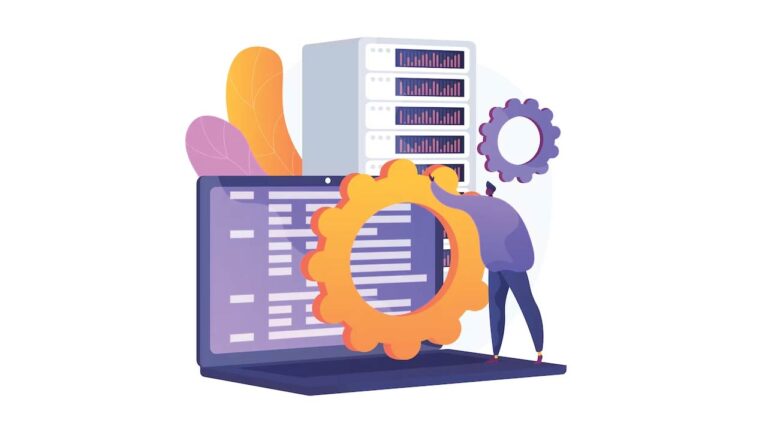
4. Edge Computing Integration:
The proliferation of devices connected to the Internet of Things (IoT) has increased the volume of data produced at the periphery of various networks. Edge computing is incorporated into SaaS 2.0, which enables businesses to process and analyse data much closer to where it originated. This not only decreases the amount of time it takes to make decisions based on real-time data, but it also increases the level of security it provides.
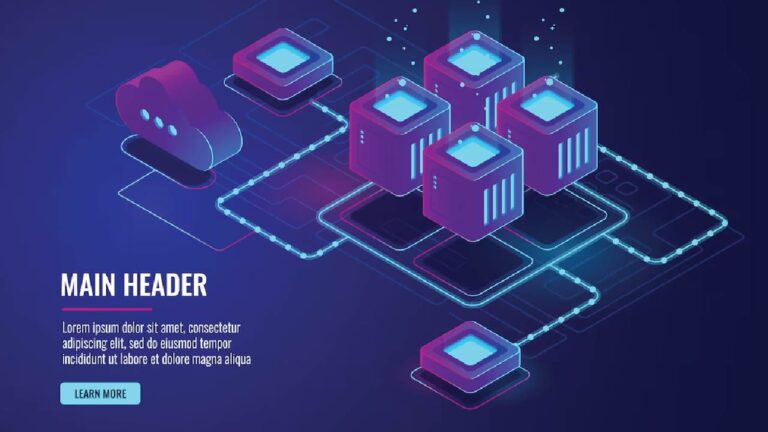
5. Blockchain for Data Security:
Protecting data and maintaining privacy is paramount in the modern digital landscape. Adopting blockchain technology by SaaS 2.0 will create a more secure and transparent environment. Users will have a higher level of trust in the network due to the blockchain’s ability to verify transactions, maintain the data’s integrity, and prevent unauthorised access.
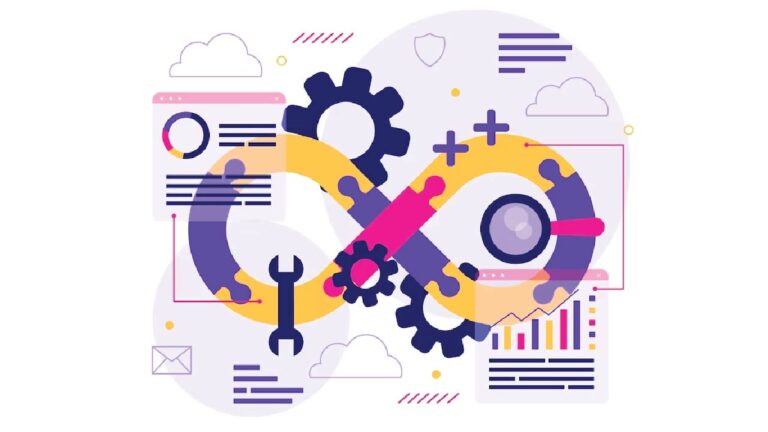
6. Scalability and Modularization:
SaaS 2.0 is aware of the significance of scalability for companies of varying sizes. Modularising services allow businesses to pick and choose the features they require, ensuring they have a customised solution that can expand with their company. This flexibility helps to promote cost efficiency by preventing wasteful overpayment for parts that are not utilised.
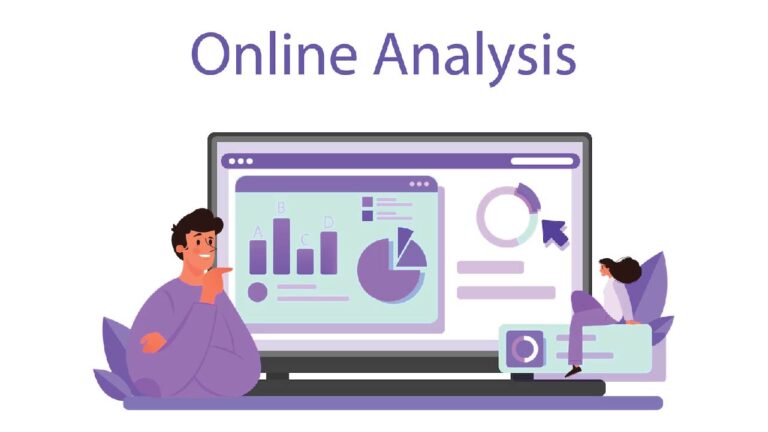
7. Enhanced Analytics and Insights:
Businesses can now access powerful analytics and reporting tools thanks to adopting SaaS 2.0 platforms. Companies can make informed decisions because they have a deeper understanding of their operations and customers’ behaviours thanks to advanced data visualisation, predictive analytics, and insights driven by artificial intelligence.
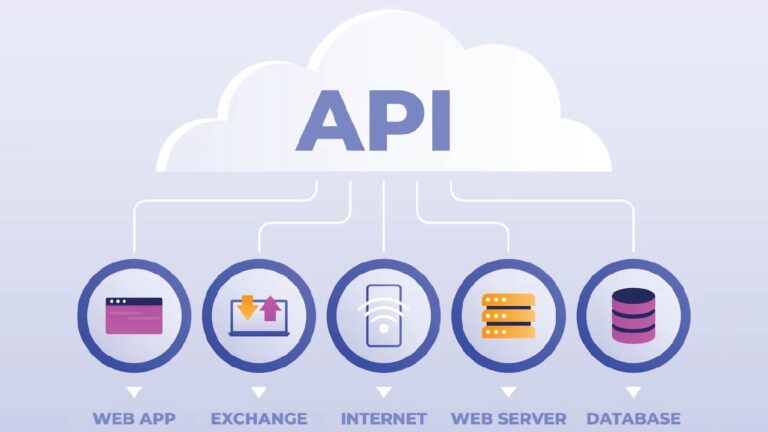
8. API Ecosystems:
APIs, which stand for application programming interfaces, are the fundamental components of SaaS 2.0. They make integrating various software and platforms possible, resulting in uninterrupted data flow. When multiple SaaS applications are combined to produce a single workflow, companies can build interconnected ecosystems for their businesses.
SaaS 2.0 Road Ahead
SaaS 2.0 marks a significant evolution in cloud-based software driven by AI, hyper-personalization, real-time collaboration, edge computing, blockchain, scalability, analytics, and robust API ecosystems. These next-generation features reshape the business landscape, offering unprecedented efficiency and innovation. As SaaS 2.0 continues to mature, businesses that embrace these advancements will be better positioned to thrive in an increasingly competitive and technology-driven world.
In summary, SaaS 2.0 represents a paradigm shift in cloud-based software, with its cutting-edge capabilities redefining how businesses operate. These innovations drive enhanced efficiency, security, and scalability, ultimately paving the way for a more competitive and technology-driven business landscape.

